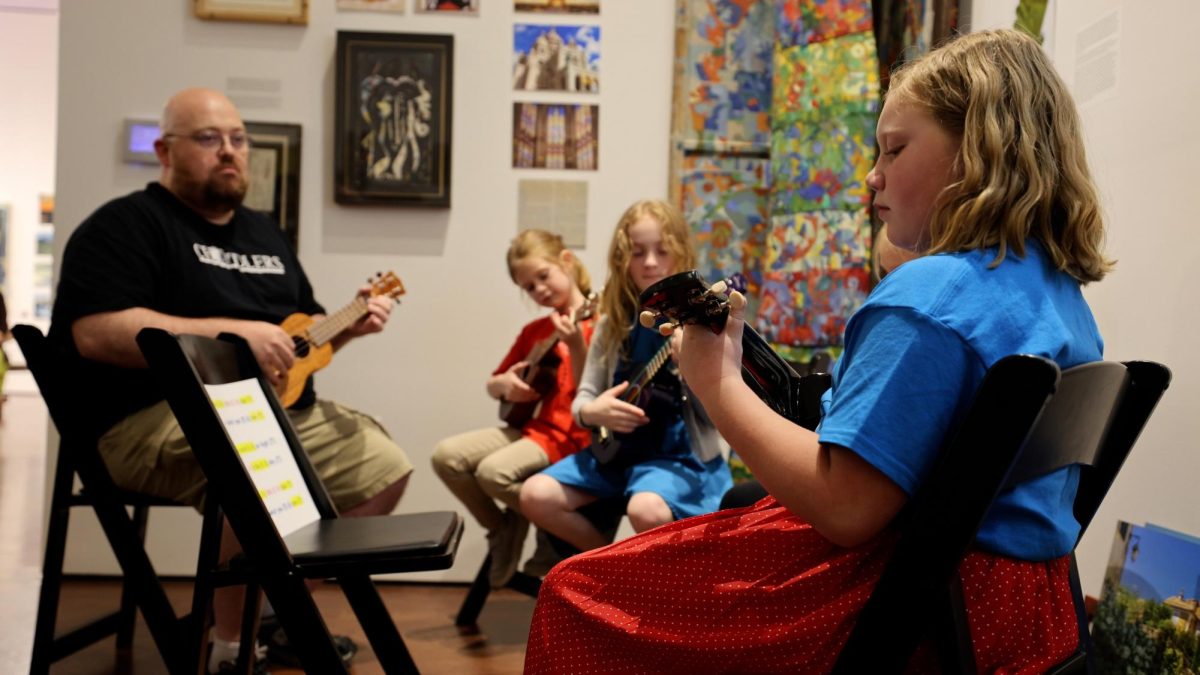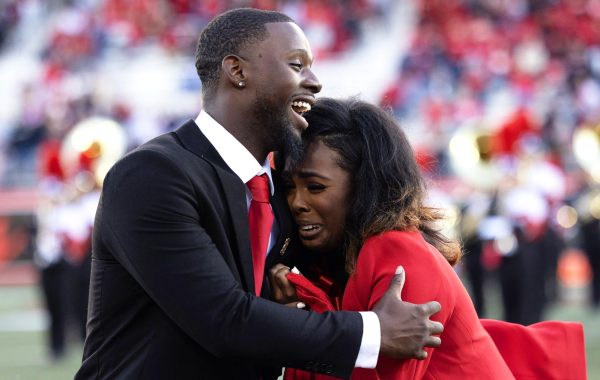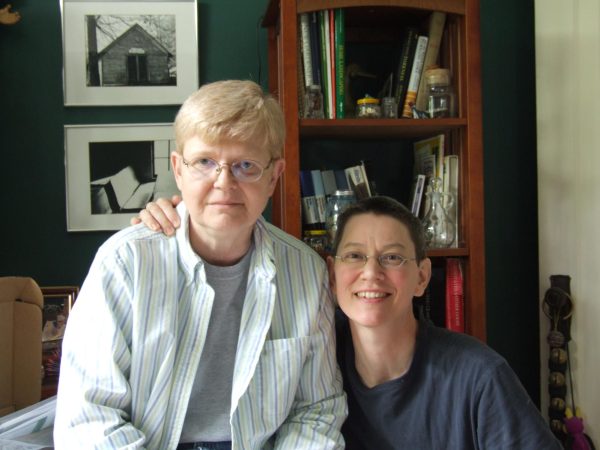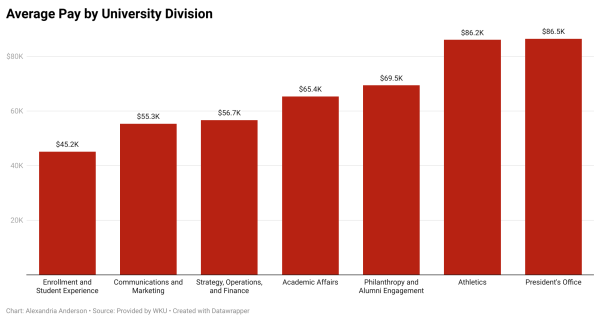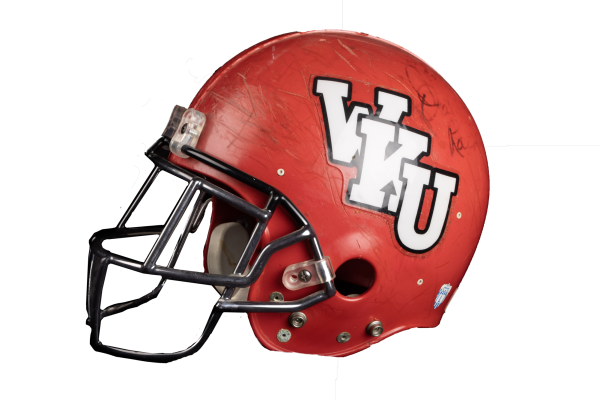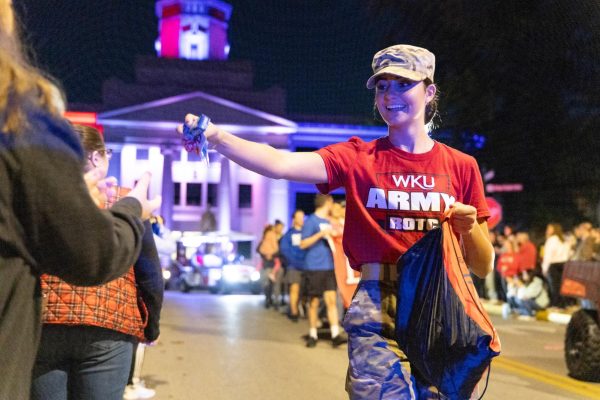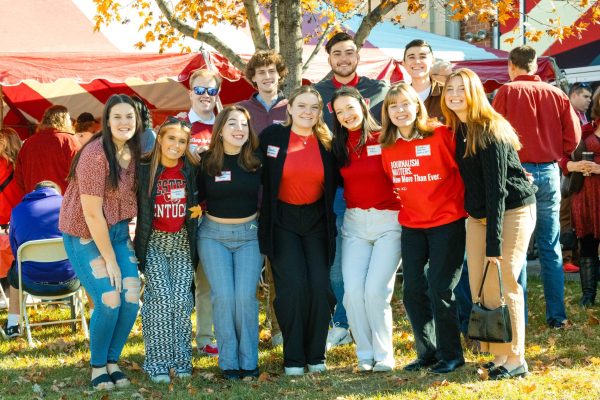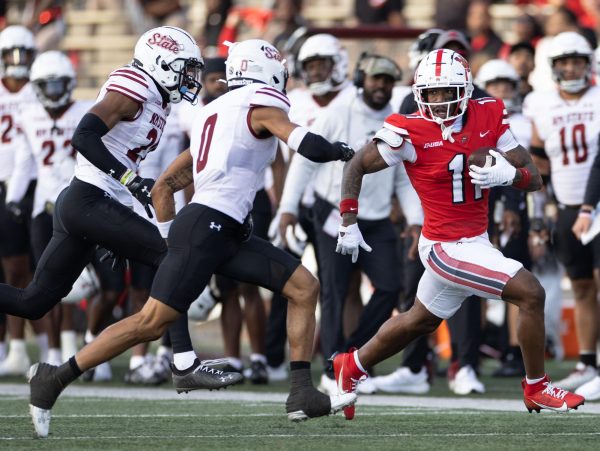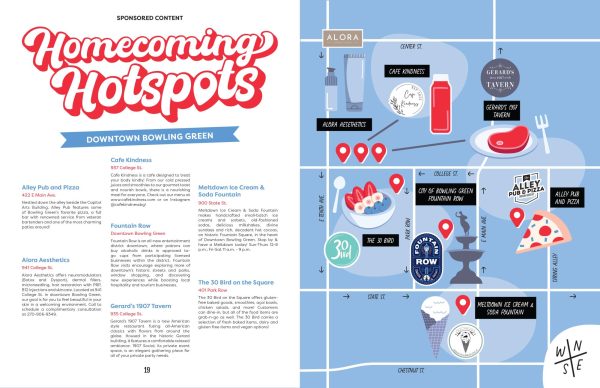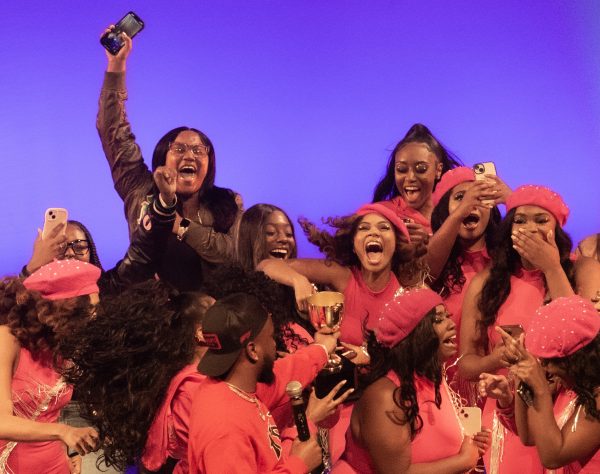A history of WKU’s iconic mascot
October 17, 2016
During the last home game before the Christmas break of 1979, Head Coach Gene Keady was called away from WKU’s basketball team to the middle of Diddle Arena. Santa Claus, then, pushed a massive white box with an equally big red bow on top towards Keady. As Santa wished Keady a Merry Christmas, the box opened to one of the most iconic symbols of WKU, Big Red.
Debuted on Dec. 1, 1979, Big Red was only a few months old when the crowd of over 10,000 people went nuts over their new school mascot. Originally weighing in at 25 pounds and reaching a height of 6 feet, Big Red quickly learned his way around a basketball court for when he would first meet the student body of WKU.
“I was the assistant director of alumni affairs and a fellow named Ron Beck was assistant dean of students, and we were challenged by the basketball coach at the time, Gene Keady, to come up with a mascot,” Gary Ransdell, now president of WKU, said. “We didn’t know what kind of reaction we would get.”
Before Big Red’s debut, WKU had two mascot predecessors that did not sway crowds as well as Big Red. The first mascot was a man named Topper who wore a red tuxedo, a ruffled shirt with a top hat and a cane; however, when Topper visited a home basketball game, he failed to sway the crowds.
The second mascot who tried to win over the student body of WKU was a man who wore a Daniel Boone-style raccoon hat, a jacket, moccasins and a rifle. This mascot was rightfully named Hilltopper, yet he seemed to confuse the basketball crowds even more than Topper did.
Out of ideas, Ransdell visited then-senior Ralph Carey, a business major who worked previously as various mascots at Kings Island, an amusement park in Cincinnati. Using his knowledge of mascots and a sketchbook, Carey conceived the idea of Big Red, and he ran with it.
“While in college, I had performed in character costumes at Kings Island,” Carey, who currently works in marketing and advising in Chicago, said. “As a performer, I understood the importance of mobility, vision and a physical ‘gimmick.’ Big Red is an entity which encompasses the best mascot performance tools which, in turn, allow the character to be energetic and engaging while not being burdened by preconceived notions of what it might be.”
Big Red itself is a big furry blob with eyes, arms and legs, to best explain it. Carey and Ransdell initially bought red fur, chicken wire and glue from a nearby shoe factory, which combined to create the very first Big Red. This original was the first Big Red introduced to WKU, and it stayed on campus before having a makeover after Carey graduated in the spring of 1980.
“Big Red to me personally is a living part of what I left behind after graduation,” Carey said. “Few students are fortunate enough to be in the right place and at the right time and are able to leave a legacy.”
The next caretaker of Big Red was sophomore community health major Mark Greer, who looked after Big Red from 1980 to 1983 up until he graduated from WKU. Greer was with Big Red as it performed at its very first football game and when Big Red first met its unofficial offspring named Little Red.
During one Halloween season WKU professor Larry Elliott, his wife, Wilma Elliot, and their daughter, Kelly Elliot, created Little Red, who looked like a child version of Big Red. Of course, Greer and the Elliotts soon set up a meeting between the two, which happened to be during a football game.
In this impromptu meeting, Little Red entered the stadium as Big Red was working the crowd. As more and more attention was being drawn to Little Red, Big Red kept throwing small glances toward it in clear recognition of their similarities.
After some time, Big Red ran over, reached down and gave Little Red a hug. As it played out, it was almost like Big Red was saying ‘hey, this isn’t my child,’ Greer said.
“Actually, the coaches on the football team, the assistants and some of the players said they got in trouble for not watching the game at one point,” Greer said. “They were watching Big and Little Red do their little thing on the sideline.”
Although the WKU Archives state Little Red is Big Red’s Offspring, Little Red never appeared again after this first encounter.
As Big Red became more of a fixture on WKU’s campus, its popularity grew nationwide as more and more people started asking what Big Red could be. Big Red’s popularity continue to grow so much so that Big Red now has coffee mugs, bobble heads, stuffed animals and a song called “Big Red’s Boogie Woogie,” featured on a 45 rpm record called “Nothing but The Blues” by the Herb Ellis Quintet.
“It’s satisfying to see what was once a scribble in my spiral notebook turn into an image painted on a water tower, re-created as a child’s toy or as a 10-foot-tall inflatable someone places in their front yard,” Carey said. “It’s great that people have embraced the character and that it will live on.”
As for what Big Red is, there have been quite a few varying opinions, but Ransdell and those who work with Big Red say it is the embodiment of the WKU Spirit. With Big Red’s high energy and fun but competitive nature, Ransdell said Big Red is whatever you want it to be.
“Big Red is seen as a part of the spirit of Western,” Carey said. “He’s the head cheerleader and the unquestionable spirit of the student body, alumni and community that contributes to make WKU what it is.”
Much to Big Red’s surprise, an Italian television company created an Italian mascot named Gabibbo in 1990; Gabibbo strikingly resembled Big Red, the most noticeable difference being a large mustache. Because of their similarities, Big Red and Gabibbo entered a lawsuit in 2002, which was carried out by the Italian television company Mediaset that owned Gabibbo and the California-based Crossland Enterprises, which sells the licensing rights for WKU to international clients.
In Big Red’s battle against Gabibbo, the ruling judge declared that Big Red, as WKU’s mascot, can be placed under copyright protection, yet the likeness of Big Red is considered to be under public domain, which copyright law doesn’t protect. Though there are many similarities between Big Red and Gabibbo, there were just too many differences between the two for anything to come of the lawsuit.
In previous years, Big Red has gained even more of a following, causing it to reach a more national level of fame. Big Red has participated in various ESPN commercials, a Capital One commercial and a country music video starring Brad Paisley in 2015.
“Big Red has been to a ton of different things,” Zack Mckay, assistant AD for marketing at WKU Athletics, said. “My personal favorite is just seeing Big Red on the sidelines at football games and basketball games. The most fun is just to see the interaction with kids and at athletic events.”
Multiple news organizations wrote stories about Big Red such as The New York Times, The Courier-Journal and ESPN, which typically address Big Red’s true identity. Big Red has also been in articles that either list it as one of the best or one of the weirdest college mascots around. The Huffing Post listed Big Red as the fifth weirdest mascot by the Huffington Post.
At age 37, Big Red still actively participates on campus and off campus, whether it is delivering donuts to classrooms or visiting community events near WKU. With its many years of fitting things in its mouth, gobbling heads and performing the iconic belly roll, Big Red has left its mark on WKU.
Reporter Elisabeth Moore can be reached at 270-745-6288 and [email protected]. Follow her on Twitter at @emoore938.


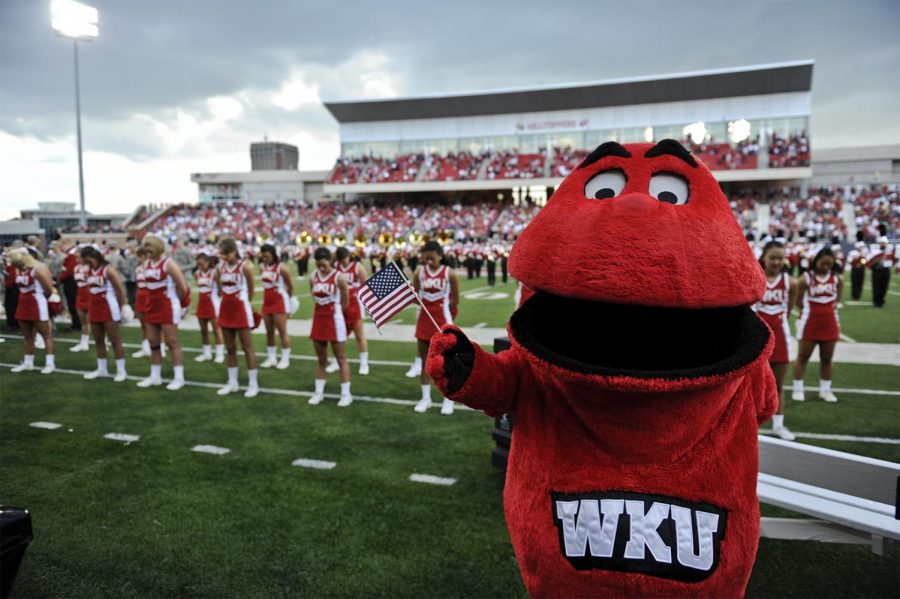










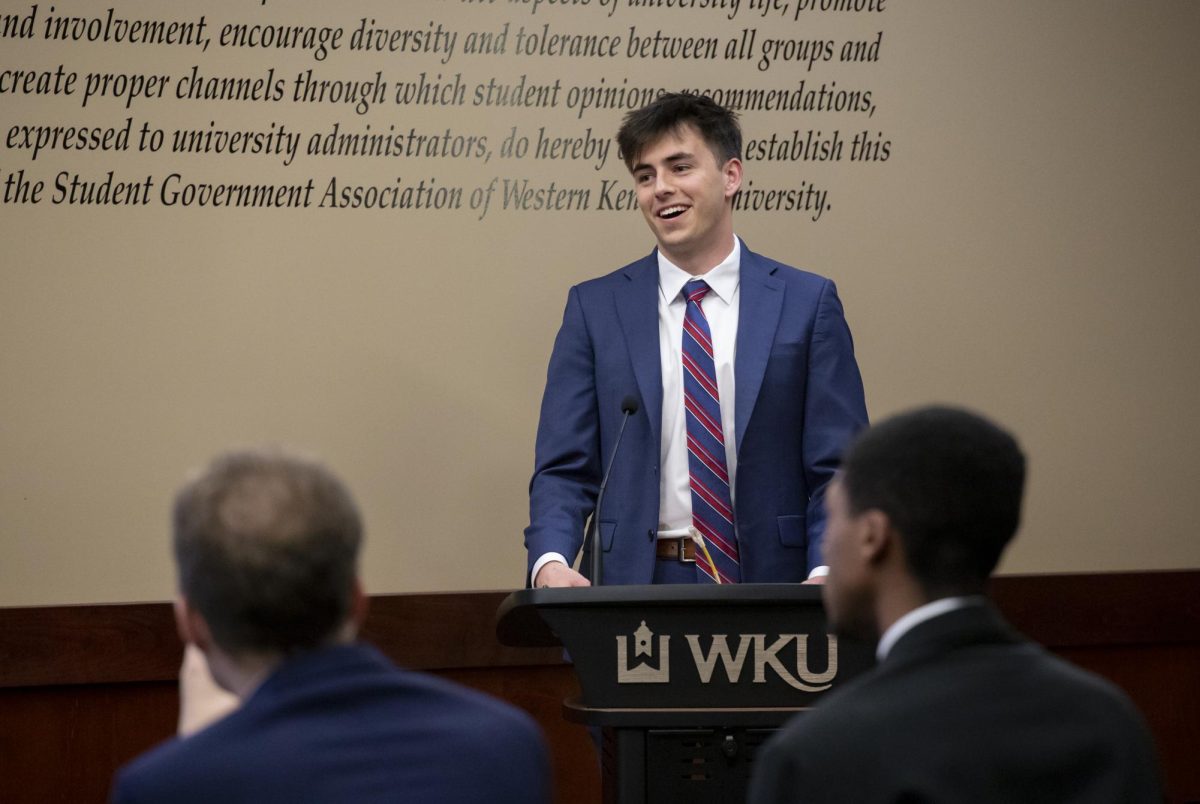
![Students cheer for Senator at Large Jaden Marshall after being announced as the Intercultural Student Engagement Center Senator for the 24th Senate on Wednesday, April 17 in the Senate Chamber in DSU. Ive done everything in my power, Ive said it 100 times, to be for the students, Marshall said. So, not only to win, but to hear that reaction for me by the other students is just something that shows people actually care about me [and] really support me.](https://wkuherald.com/wp-content/uploads/2024/04/jadenmarshall-1200x844.jpg)
